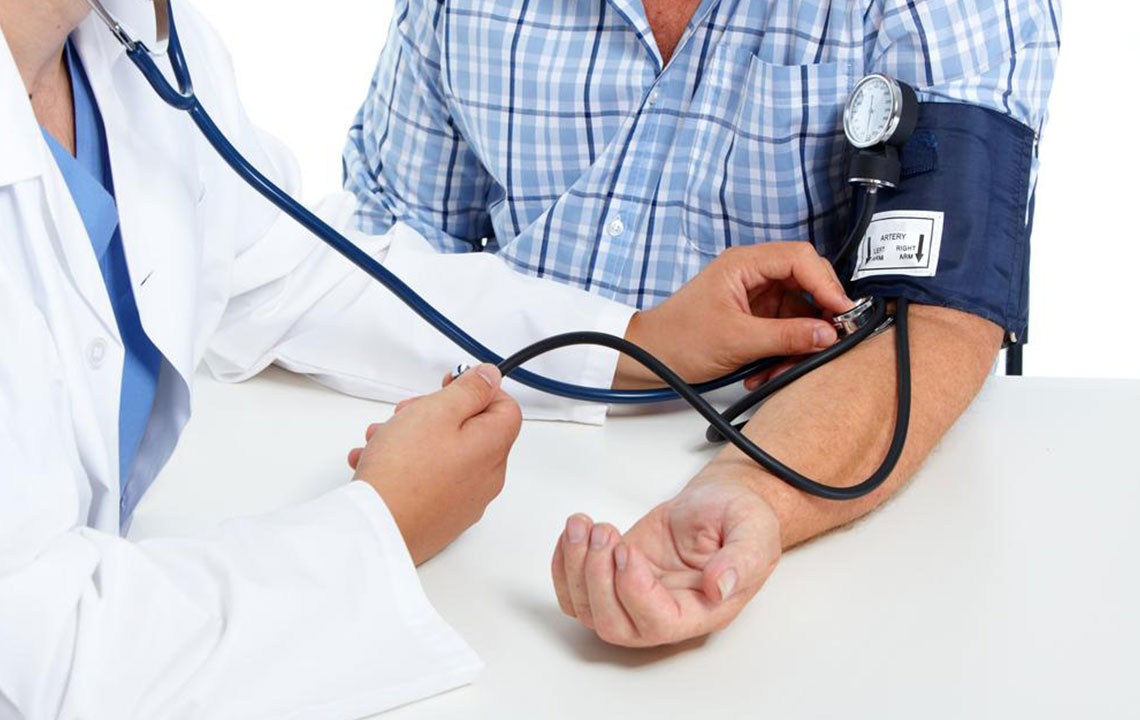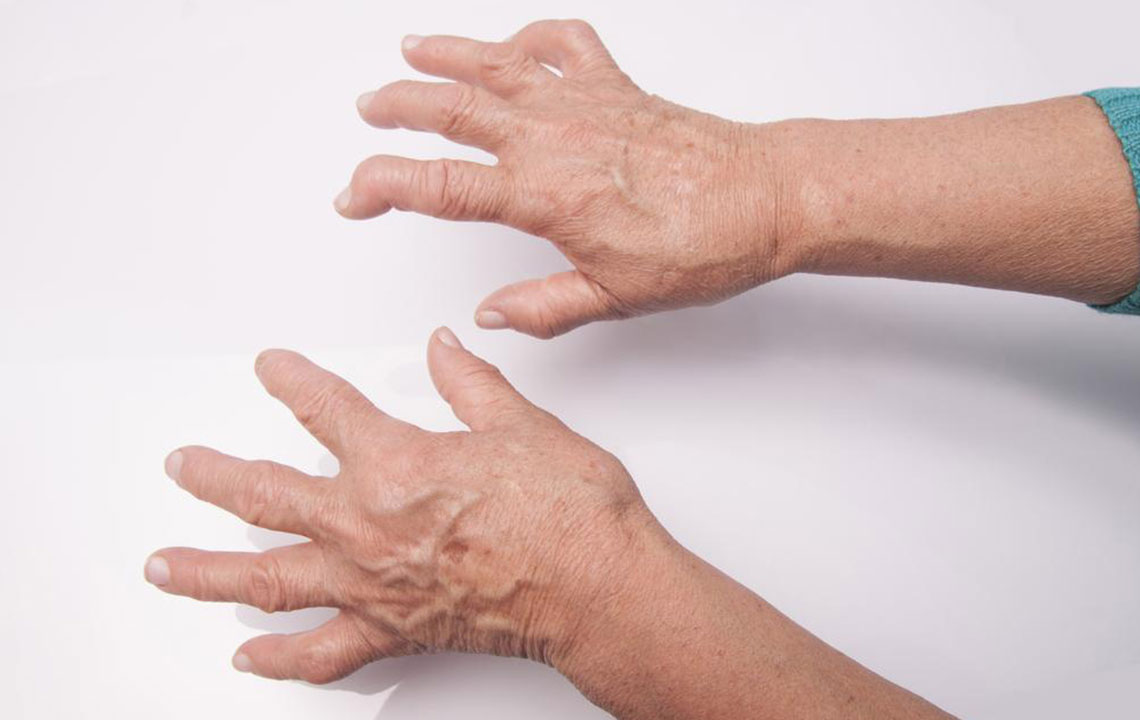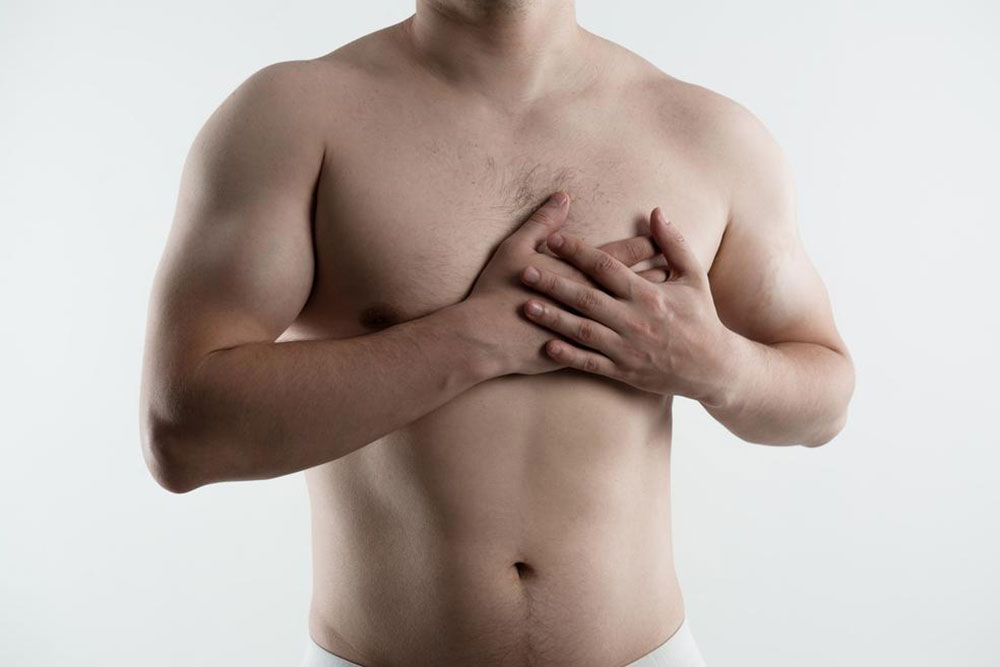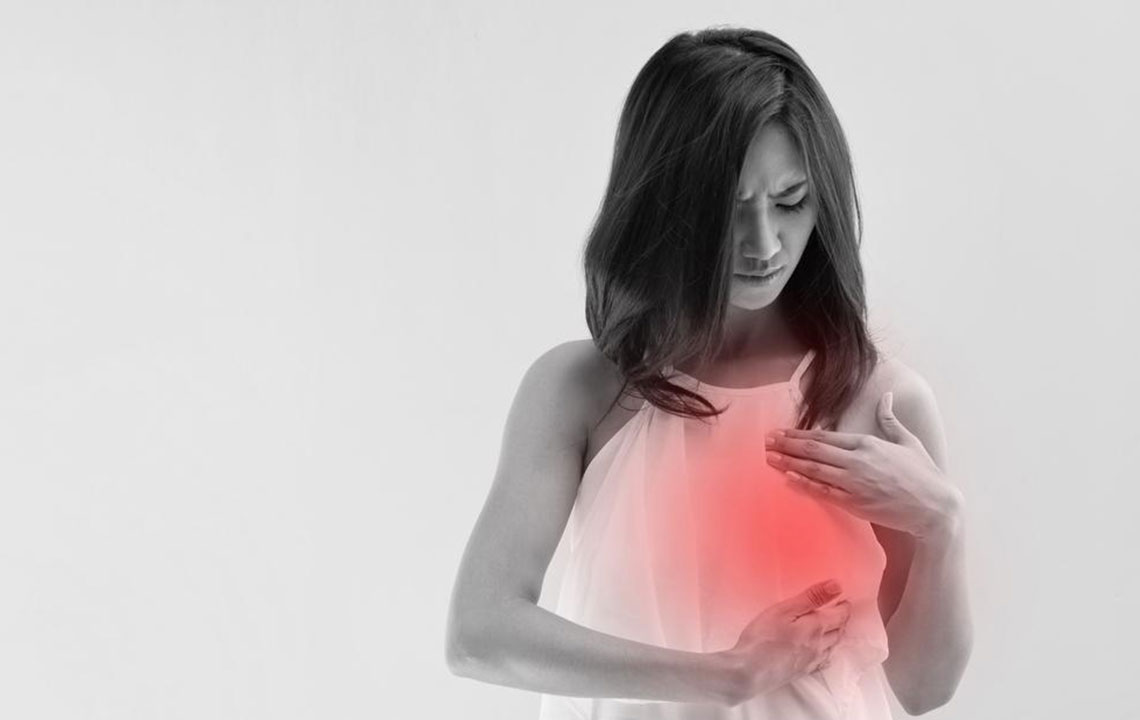Strategies for Stroke Prevention and Early Detection
Learn essential strategies to prevent and recognize stroke early. This guide covers key risk factors like hypertension and high cholesterol, plus signs to watch for using the FAST method. Taking prompt action and maintaining a healthy lifestyle are vital for stroke prevention and swift treatment, ultimately saving lives and reducing long-term health impacts.
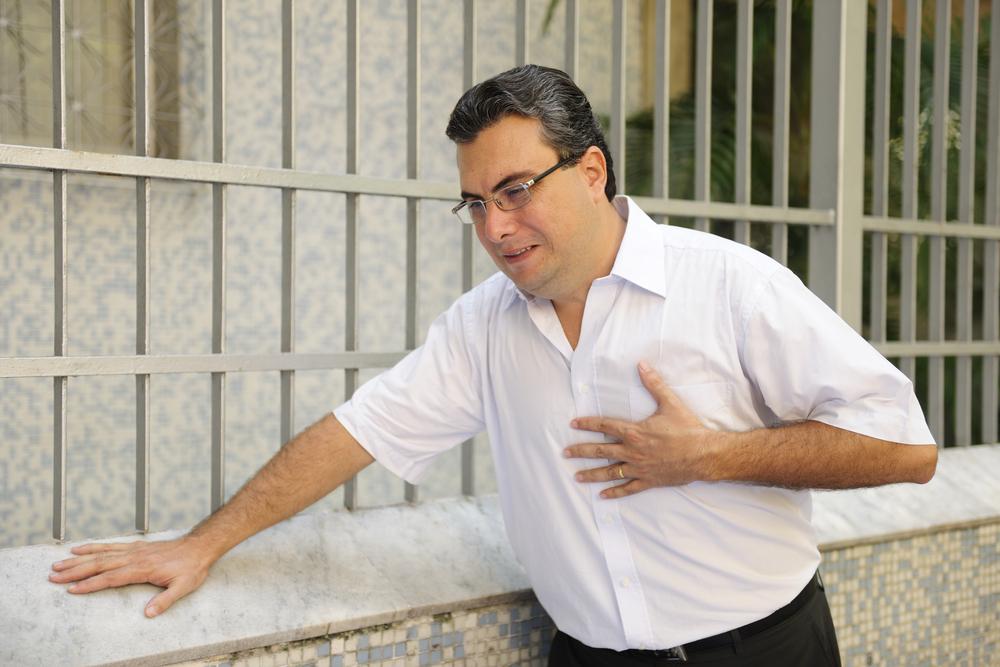
Strategies for Stroke Prevention and Early Recognition
Strokes often have warning signs that can be identified if you stay alert. Symptoms such as facial drooping, speech difficulties, and arm weakness may precede a stroke. Recognizing these indicators promptly and seeking urgent medical attention can save lives. A stroke, medically known as a cerebrovascular accident (CVA), occurs when the brain loses its blood supply, resulting in brain cell damage. Understanding the risk factors and early signs is essential for prevention and quick response to minimize damage.
The primary risk factors for stroke include high blood pressure and elevated cholesterol levels. Here’s what contributes to these conditions:
Hypertension
Known as high blood pressure, hypertension occurs when blood pressure exceeds 140/90 mm Hg. It becomes critical above 180/120 mm Hg. Hypertension damages the brain and increases the risk of stroke and heart attacks. Factors like being overweight, sedentary lifestyle, and lack of physical activity contribute significantly to high blood pressure.
Stress, smoking, and excessive salt intake also elevate blood pressure. Genetics can also play a role. Maintaining a healthy lifestyle and diet can prevent or manage hypertension, reducing stroke risk. If you have a family history, monitoring blood pressure regularly is crucial.
Elevated Cholesterol
High cholesterol levels are linked to increased stroke risk. Contributing factors include unhealthy diets, obesity, smoking, and diabetes. These factors often coexist with high blood pressure. Adopting healthier eating habits and active living can lower cholesterol, thereby decreasing stroke chances.
Being aware of these risk factors helps in early prevention. Recognizing stroke symptoms quickly allows for prompt treatment. The FAST method is a simple way to identify potential strokes:
F – Face drooping
A – Arm weakness
S – Speech difficulty
T – Time to seek medical help
If these signs appear, immediate medical attention is vital. Additional symptoms include muscle stiffness, involuntary eye movements, memory loss, behavioral changes, severe headache, and overall weakness. Early intervention and lifestyle modifications are essential for stroke recovery and prevention.
Post-stroke, adopting healthier habits is crucial to avoid recurrence and promote a healthy life. Focused diet and regular exercise can significantly improve outcomes for survivors.

